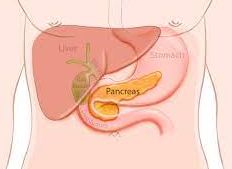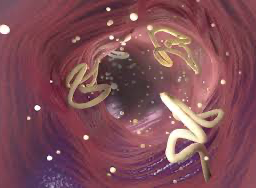
How You Can Get Involved in Pancreatic Awareness Month Activities
Welcome to November, a month dedicated to Pancreatic Awareness Month, a crucial period where we shed light on the often-underestimated importance of our pancreas. Join us as we delve deep into understanding its functions, the significance of early detection in preventing pancreatic cancer, and how we can champion preventive measures for a healthier future.
November is Pancreatic Awareness Month, a time dedicated to raising awareness about the pancreas, its crucial functions, and the importance of early detection in preventing cancer. The pancreas, often overlooked, plays a vital role in our digestive and endocrine systems. In this post, we will delve into the anatomy and functions of the pancreas, explore the signs and symptoms of pancreatic cancer, and discuss preventative measures that can aid in maintaining pancreatic health.
The pancreas is a pear-shaped organ located behind the stomach, nestled between the spleen and the duodenum. Despite its relatively small size, the pancreas plays a dual role as both an endocrine and exocrine organ. Its endocrine function involves producing hormones such as insulin and glucagon, regulating blood sugar levels. Meanwhile, its exocrine function entails the secretion of digestive enzymes crucial for breaking down fats, proteins, and carbohydrates in the small intestine.

Signs and Symptoms of Pancreatic Cancer:
Pancreatic cancer often goes undetected in its early stages due to the lack of specific symptoms. However, as the disease progresses, certain signs may become apparent. It’s essential to be vigilant and seek medical attention if you experience any of the following:
1. Yellowing of the skin and eyes.
2. Abdominal or back pain.
3. Significant weight loss without a clear cause.
4. Changes in bowel habits, indigestion, or nausea.
5. New-onset diabetes without other risk factors.
Preventative Measures for Pancreatic Cancer:
While some risk factors for pancreatic cancer, such as age and family history, are beyond our control, adopting a healthy lifestyle can contribute to overall well-being and potentially lower the risk of developing pancreatic cancer. Consider the following preventative measures:
1. Consume a balanced diet rich in fruits, vegetables, and whole grains while limiting processed foods and red meat.
2. Engage in regular physical activity to maintain a healthy weight and support overall health.
3. Smoking is a significant risk factor for pancreatic cancer. Quitting smoking can have a positive impact on your overall health.
4. Excessive alcohol intake is linked to an increased risk of pancreatic cancer. Moderation is key.
5. Individuals with a family history of pancreatic cancer or certain genetic syndromes may benefit from regular screenings. Consult with a healthcare professional to assess your risk.
In conclusion, Pancreatic Awareness Month serves as a reminder to prioritize our pancreatic health. Understanding the functions of the pancreas, recognizing the signs and symptoms of pancreatic cancer, and adopting preventative measures can contribute to early detection and improved outcomes. By spreading awareness and taking proactive steps, we can work towards a future where pancreatic cancer is detected early and lives are saved.
Disclaimer: This blog post is intended solely for informational purposes and does not constitute medical advice. Always consult with a qualified healthcare professional for personalized guidance regarding your specific health situation.
















